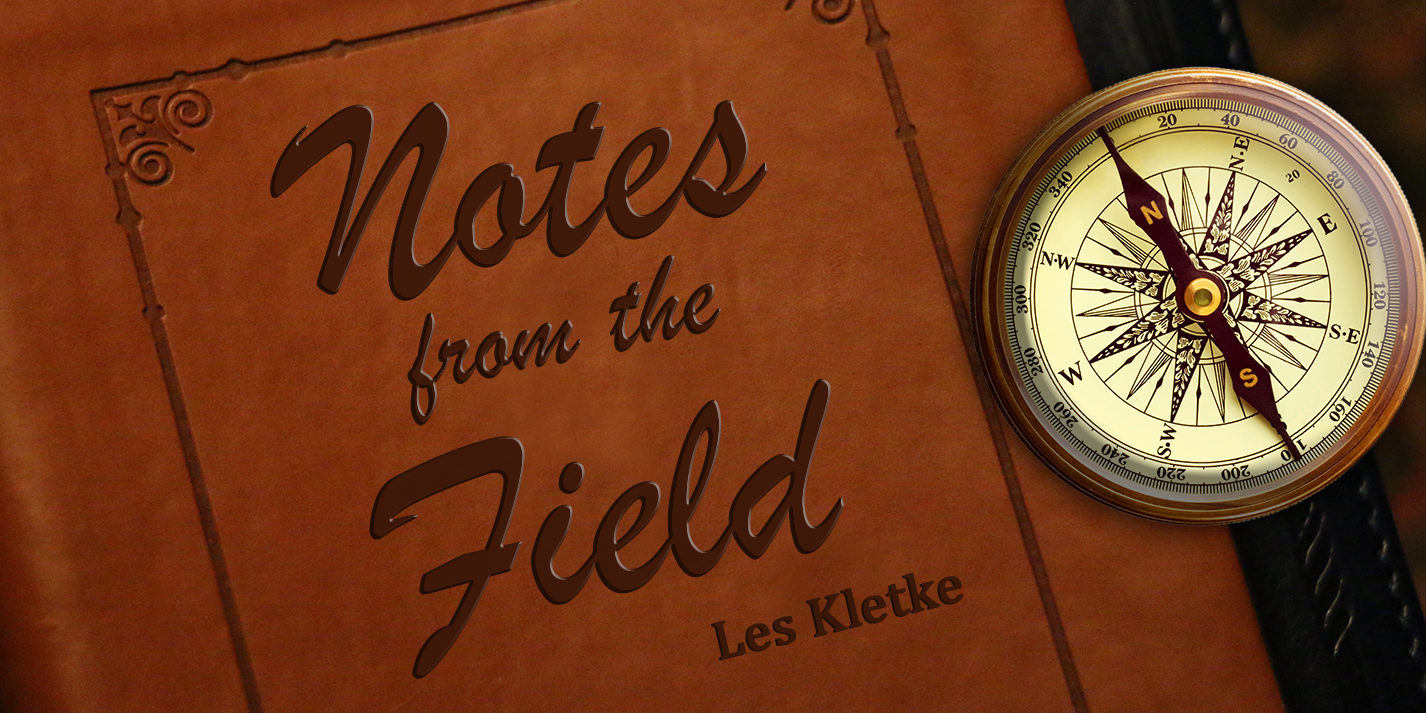
We had committed to a cruise down the west coast of South America and one of
the options offered was a four-day excursion to the Galapagos Islands. My first reaction
was: Why would I want to leave the cruise boat, forfeiting four days for which I had paid
my fare, to experience a group of islands known for their diverse flora and fauna? Add to
that the considerable cost of the expedition on land while the cruise ship continued along
its way to visit Ecuador which would have provided several new (to me) locations and
the opportunity to purchase a Panama hat. I had determined that the Panama hat would be
my souvenir from this trip, and after extensive research I had learned the best ones are
made in Ecuador, while few if any are made in Panama.
 “When are we ever going to be there again,” said Sandra. “If we don’t go this
“When are we ever going to be there again,” said Sandra. “If we don’t go this
time we will never go there.” I had to agree with her and while agreeing, agreed to the
four-day jaunt away from our mother ship.
 Things went well, or as well as they can when you rise at four a.m. and make your
Things went well, or as well as they can when you rise at four a.m. and make your
way to a tender to a bus to a plane to fly to a city to take another bus to the designated
part of the islands that houses the turtle farm.
 I am not a naturalist; I have not taken a single biology course in my entire life so I
I am not a naturalist; I have not taken a single biology course in my entire life so I
was easily impressed with the animals and plants they showed us on our arrival. I had
done some reading on the work of Charles Darwin (and did a considerable amount more
upon returning home). The trip was great and did stir an interest in Darwin and his work.
 Darwin visited the area on the HMS Beagle with his friend Captain Robert
Darwin visited the area on the HMS Beagle with his friend Captain Robert
Fitzroy (in 1831) while he was a medical student who was not maintaining his grades in
college and had decided to try something else. He had become interested in a hobby that
was popular at the time—collecting beetles of various shapes and sizes.
 I felt I had made a commitment with a four-day visit to the islands; Darwin
I felt I had made a commitment with a four-day visit to the islands; Darwin
committed nearly five years to the trip, from December of 1831 to October 1836, so he
did have a bit more time for observation. The quote most often attributed to him: “It is
not the strongest of the species that survives, nor the most intelligent that survives; it is
the one that is most adaptable to change.” This axiom applies not only to the animals of
the islands. It relates to most aspects of life and is often used in business and economics
writing even today.

It seems Charles Darwin made the observation after visiting several of the
Galapagos Islands and noticing that the finches (they now bear the name ‘Darwin’s
finches’) had developed very specifically to adapt to the environment of the island they
inhabited.








